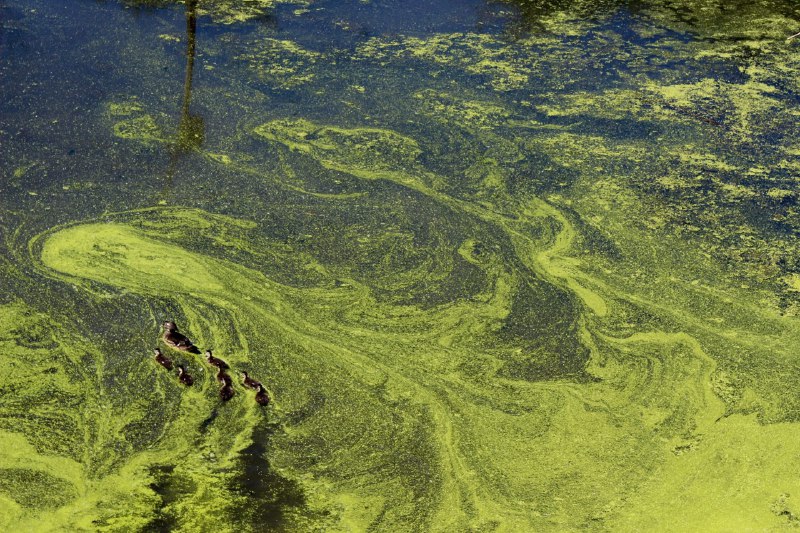The Benefits of Real-Time Monitoring of Manganese in Groundwater
Introduction:
Manganese is a common contaminant in groundwater, especially in rural areas that rely on wells for their water supply. Often found alongside iron, manganese can pose significant challenges for water quality and safety. Despite its prevalence, monitoring and managing manganese levels is crucial due to its potential negative impacts on both infrastructure and health.
The Prevalence and Impact of Manganese in Groundwater:
While manganese is an essential nutrient in small amounts, elevated levels can lead to various problems. One of the most noticeable effects of high manganese concentrations in drinking water is the staining of fixtures and laundry, which can cause significant inconvenience and expense for homeowners. Additionally, manganese can impart an unpleasant taste and odor to water, making it less palatable for consumption.
More concerning, however, are the potential health risks associated with excessive manganese exposure. Studies have shown that long-term consumption of water with high manganese levels can lead to neurological problems, particularly in infants and children. These health concerns have led to the tightening of regulatory guidelines in recent years, with authorities setting stricter limits on permissible manganese concentrations in drinking water. For example, the World Health Organization now recommends a maximum acceptable concentration of 80 parts-per-billion based on health considerations for newborn infants.
The Role of TRITON in Real-Time Monitoring of Manganese
AUG's TRITON platform offers a revolutionary solution for the continuous monitoring of manganese in groundwater. TRITON can incorporate any sensor on the market, enabling versatile and reliable online measurement of manganese levels even in rural areas with diverse groundwater sources. This adaptable real-time monitoring capability allows for immediate detection of any fluctuations in manganese concentrations, which is invaluable for ensuring that water treatment methods, such as green sand filtration, are effectively removing manganese from the water supply. If the system detects that these removal methods are insufficient or require maintenance, operators can take prompt action to address the issue, thereby preventing potential health risks and infrastructure damage.
TRITON's integration into existing water treatment systems is seamless, requiring minimal disruption to current operations. The platform's user-friendly interface and robust data analytics capabilities make it easy for operators to monitor water quality and maintain regulatory compliance. By investing in TRITON, water utilities and homeowners are taking a proactive approach to ensure that their water supply remains safe, clean, and free from excessive manganese levels.
